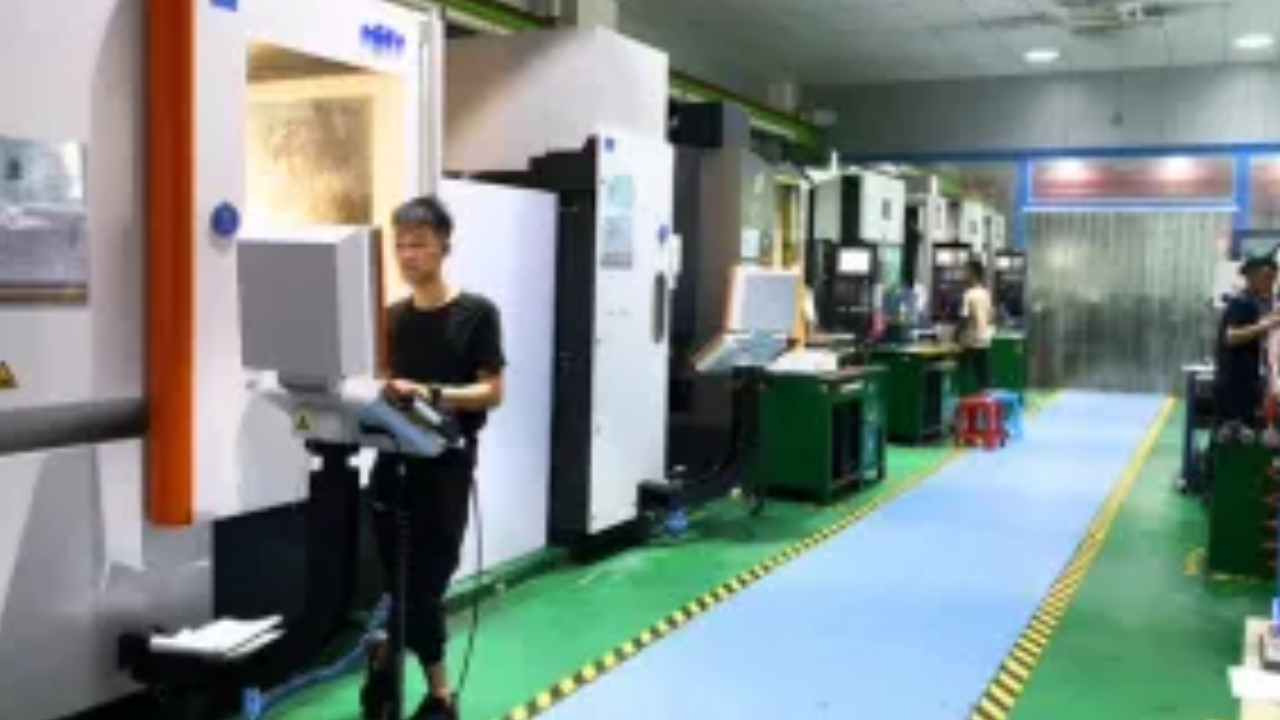Because plastic polymers are such a versatile material, injection molding frequently uses them. Plastic molded items find application in a wide range of industries, including textiles, medical equipment, electronics, food and drink packaging, and more. Global plastic demand is rising, and in 2019 368 million metric tons of plastic were produced. The varieties of plastic include thermosets and thermoplastics. The most popular kinds of plastic that undergo melting are called thermoplastics. In contrast to thermoplastics, thermosets are less frequent and cannot be melted down.
One manufacturing technique that makes it possible to produce items in big quantities is injection mold. Melted materials are injected into a mold—referred to as a "mold" in the US—in order for it to function. Thousands of similar products are usually made using it as a mass production method. Metals, glasses, elastomers, and confections are among the materials that can be injected molded; nevertheless, thermoplastic and thermosetting polymers are the most often utilized materials.
What Is the Use of Injection Moulding?
Many commonly used products, such as remote control casings, syringes, and basic plastic objects like bottle tops, are made using injection molding. Moreover, it is frequently employed in the production of bigger products like auto body panels. When dozens or millions of identical parts need to be produced from a mold, injection molding is the method of choice.
Types of Plastic Used In Injection Molding
The following lists some of the more popular kinds of plastics that are used in injection molding, along with some of their characteristics and uses in different sectors and applications.
First, Polyvinyl Chloride, or PVC
This is a very well-liked and adaptable synthetic plastic polymer. With its various forms for maximum flexibility, it is one of the most widely used kinds of plastic. A variety of products, including textiles, food packaging, drink packaging, vinyl signs for advertising, and labeling, use the softer, more pliable form. Because of its superior insulating qualities, the material is often utilized to encapsulate copper wire. PVC works well as a material for water pipes, kid's toys, and drink bottles in its more rigid form.
Nylon
Strong mechanical components like bearings, gears, and bushings are frequently made of nylon. Because of its durability as well as its ability to minimize weight and production costs when compared to a metal analogue, it is widely used in automotive applications. Despite being a sturdy plastic, you should be warned that it has a tendency to absorb water. It's not the best option for use in maritime environments. Another name for nylon is PA (Polyamide), which is its chemical identification.
Polyoxymethylene (POM)
Acetal resin known as polyoxymethylene (POM) is used to create mechanical and automotive components that would typically be made of metal. This thermoplastic engineering material is extremely robust, resilient, and inflexible. It is frequently used to make ball bearings, knife handles, fasteners, and gears. POM is very resistant to solvents, including alcohols, motor lubricants, gasoline, detergents, and butane; nevertheless, it must not be exposed to nitric or hydrochloric acids.
Polystyrene
Both High Impact Polystyrene (HIPS) and General Purpose Polystyrene (GPPS) are often utilized in polystyrene varieties when it comes to injection molding resins. Unlike HIPS, which is opaque, GPPS is clear. Moreover, high-impact polystyrene is used to create hard casings for toolboxes and power tool bodies. There are tradeoffs to consider, just like with other things. PS is robust and long-lasting, on the one hand. In use, it can withstand a great deal of abuse. That being said, it isn't particularly ecologically friendly either.
Acrylic
Acrylic is used to create transparent components like view screens, windows, and other lighting fixtures. Because of its great tensile strength and ability to withstand weather and scratches, it is frequently used as a substitute for glass. It is particularly dye- and colorant-friendly, allowing you to achieve a wide range of artistic effects. In addition to being transparent and having good optical qualities, acrylic is also tasteless, odorless, and free of biphenyl A (BPA). Since BPA is a dangerous organic chemical, food storage can be done with plastic injection molding resins like acrylic.
Conclusion
These are a few traditional plastics that are injected and molded. The specific necessities of the product, together with its mechanical traits, chemical resistance, environmental elements, and cost issues, determine the choice of material. For injection molding initiatives, manufacturers and material providers collaborate intently to choose the pleasant plastic.


